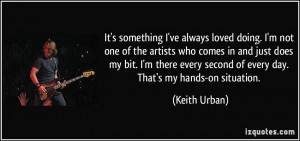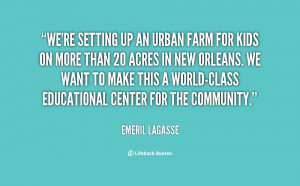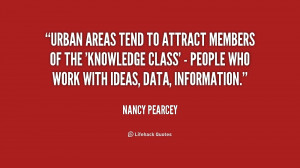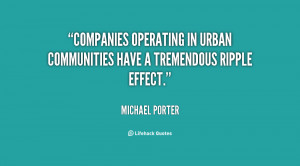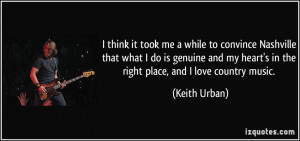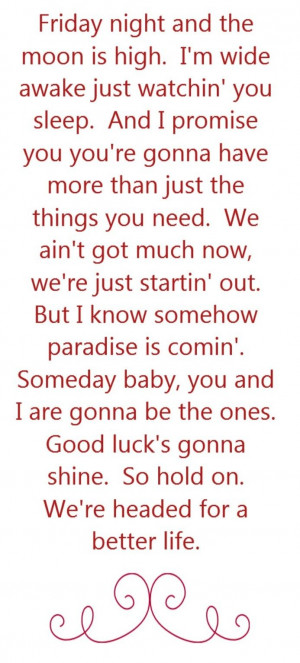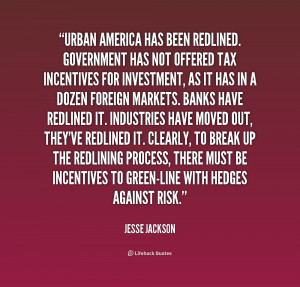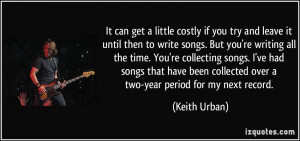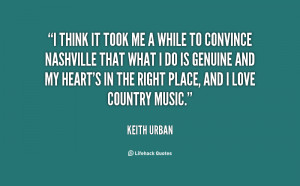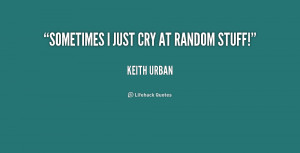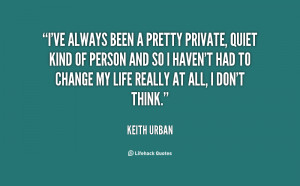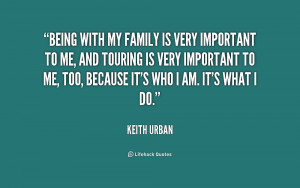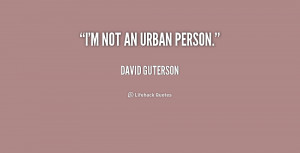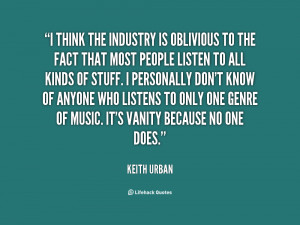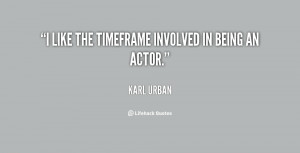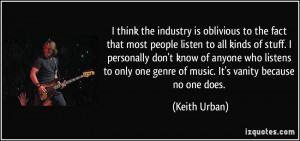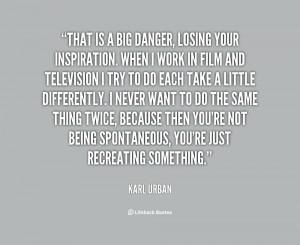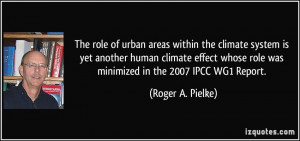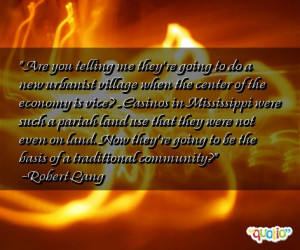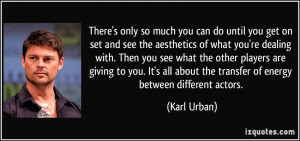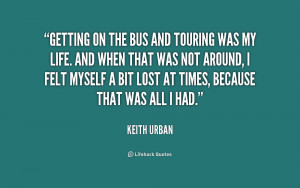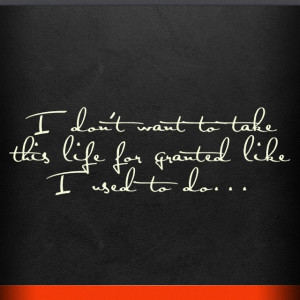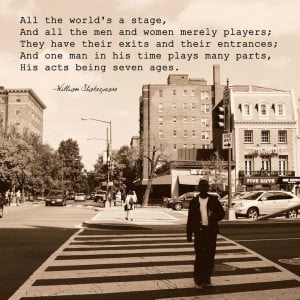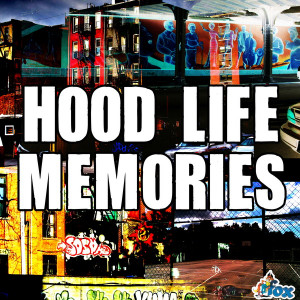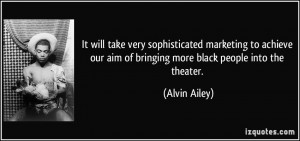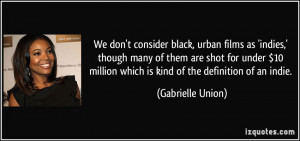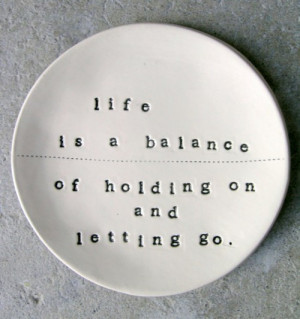Urban Quotes
Modern elites live in bubbles of liberal affluence like Ann Arbor, Brookline, the Upper West Side, Palo Alto, or Chevy Chase. These places used to have impoverished neighborhoods nearby, but the poor people got chased out by young singles living in group homes, hipsters, and urban homesteading gay couples.
I know that I come from mid-20th century America, urban, specifically downtown New York, specifically an Italian-American area, Roman Catholic - that's who I am. And a part of what I know is there's a decency to people who tried to make a living in the kind of world that was around us and also the Skid Row area of the Bowery; it impressed me.
When I thought about Detroit, I would think big city, very urban - not a lot of places to walk around, not a lot of parks. I sort of pictured Manhattan almost, where, besides Central Park, it's all city and big buildings. But now that I'm here, you see people pushing strollers, people hanging out in the park.


